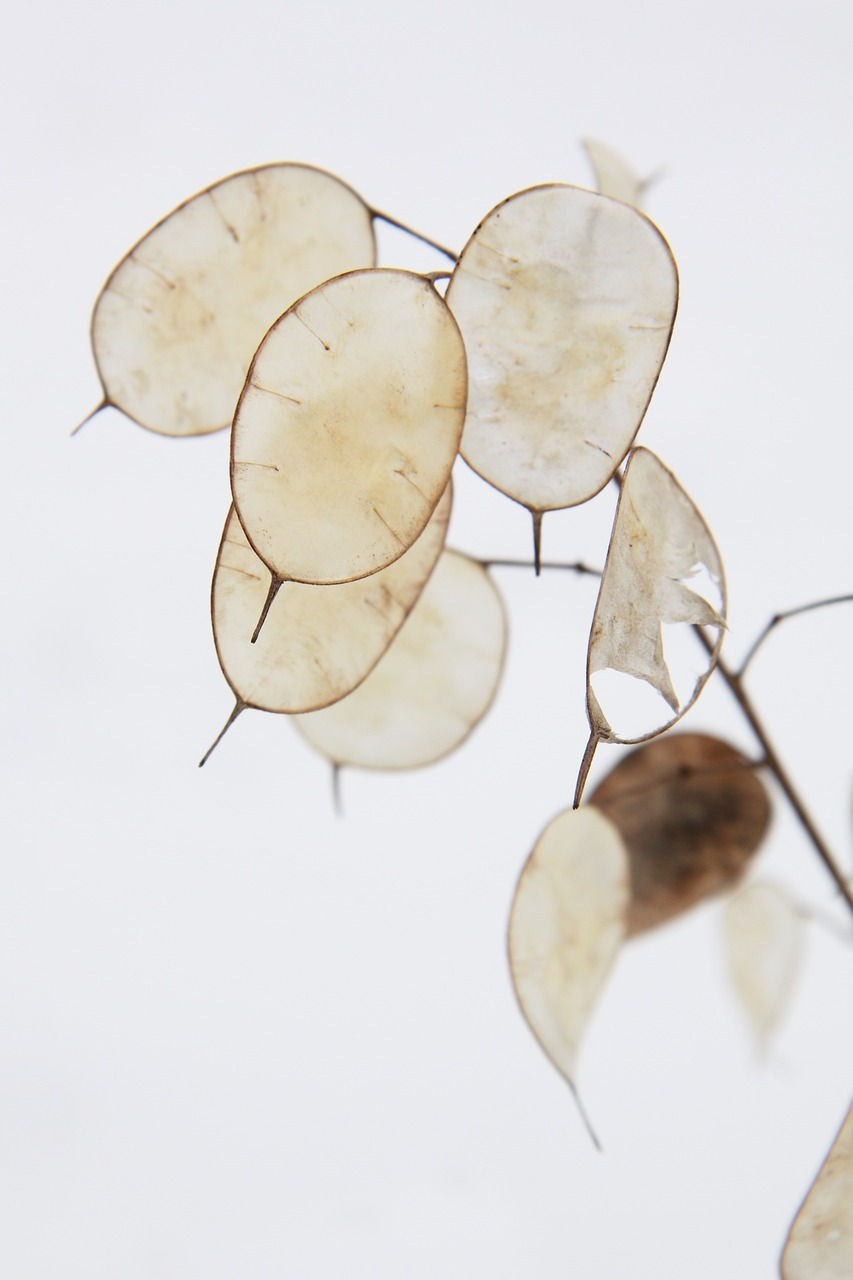Cramping My Style
- craiglmlds
- Sep 26, 2023
- 4 min read

Nine or ten years ago I had a defining moment, never forgotten. I was climbing Helvellyn in the Lake District, one of my favourite walks. After the longest, hardest climb of the hike up the shoulder of Birkhouse Moor, I got to hole-in-the-wall, feeling strong and fit (I remembered feeling pleased at my performance), and continued to Striding Edge. At the end of Striding Edge I began the short, steep climb to the summit, still feeling in good shape. After a few dozen yards an excruciating pain stopped me dead. The big muscle in my left thigh spasmed with intense cramp. I’ve seldom experienced such fierce pain. I was forced to stop, massaging my thigh, flexing my leg in desperate attempts to un-cramp the muscle. After several minutes the pain subsided and

I continued. A few yards further up, both thighs locked in agonising cramp. Helpless, I was immobilised by the intense, searing pain. I may even have cried out. As always on a fine day there were many walkers on the same route. Some stopped and asked if I needed help. I thanked them, but waved them on — in truth there was nothing they could have done apart from call out the mountain rescue team, and I wasn’t having any of that just yet! This time I stopped for a good ten minutes, massaging my thighs all the while. Then continued. Very slowly, in small tentative steps I climbed to the escarpment plateau. Whenever I felt the tiniest twinge I stopped, rested a few minutes then continued, eventually making it to the top.

At the summit trig point I rested, sat with the crowd in the nearby dry-stone wall wind shelter and had my sandwiches and drink. After around twenty minutes I began the descent

via Swirral Edge, gentler than Sharp Edge. I thought after such a long rest my legs would be fixed. No such luck. Halfway down Swirral Edge cramp struck, again in the big thigh muscles. A second episode occurred just past Red Tarn. Somehow I eventually got back to the Glenridding car park. What would normally be a 4½ hour hike had lasted 6½. But then, manoeuvring the car, my leg seized while pressing the pedals! How to get home? After a long rest I could just about drive (thankfully my car was an automatic), with cramp hovering all the way. I was extremely fit at the time, very experienced in hiking the high fells over many years. Nothing like this had ever happened before. The photos incidentally are from my last trouble-free climb of Helvellyn, in 2011, before the disastrous expedition a year or two later.

Why a defining moment? Because it was the beginning of the end. I discovered it wasn’t a one-off experience — on other mountains like Blencathra or Great Gable, the same symptoms occurred. I’ve discovered I can’t risk the highest peaks anymore. I might get stuck and need a mountain rescue after all. My life was changed. You can only appreciate my devastation if you know how much I love the exhilaration of the the highest fells. I had often said to friends “when I can’t hike anymore, life won’t be worth living” thinking it would never happen. What hubris!
Alfred Wainwright is famous for his seven volume guides to the Lake District. His detailed knowledge is unrivalled. After completing the series, in later years he added an eighth Volume, with the subtitle
“a Pictorial Guide to the lesser fells around the perimeter of Lakeland written primarily for old age pensioners and others who can no longer climb high fells but can still, within reason, potter about on the short and easy slopes and summits of the foothills.”
Wainwright’s cartoon in the book illustrates the point:

I’ve finally had to admit that I’m that old man who can’t manage things like he used to. I’m limited to pottering on “the short and easy slopes and summits of the foothills”.
Growing old gracefully is a challenge. We begin life entirely helpless, dependent on others. We gradually achieve independence. I’m discovering that as we age we gradually lose that independence, regressing to childhood as one capacity after after another is lost. For decades I’ve run 4 miles each morning. Not because I enjoy running, but to keep fit enough for hiking, my real pleasure. I prefer the pain of running to the pain of being unfit. But a few weeks ago I began to have a pain in my lower back, over my right hip. I’ve been compelled to stop running. Thankfully, it seems to be easing. I go cycling instead now, which is less impact for the hip/back but doesn’t burn as many calories, so I’m putting on weight. Some time ago I needed glasses to read, and write this blog. Recently I was fitted with hearing aids. At the end of May I collapsed and was in delirium for two days, then a week in hospital — another first! I was diagnosed with a virus infection which affected the brain. Fact is, I’m not just getting old, I’m already old! Immune system, physical capacity, all getting weaker.
So, what about graceful old age? The thing to do is to do what I can. And enjoy it. I can still walk, just not as far or as high. I can still cycle. I’m embarrassed to complain, thinking of others who’ve suffered far worse life-long disablement. “Count your blessings” is more than a cliché, but a powerful tool for living — at any age. As President Nelson said: “The joy we feel has little to do with the circumstances of our lives and everything to do with the focus of our lives.”



Comments